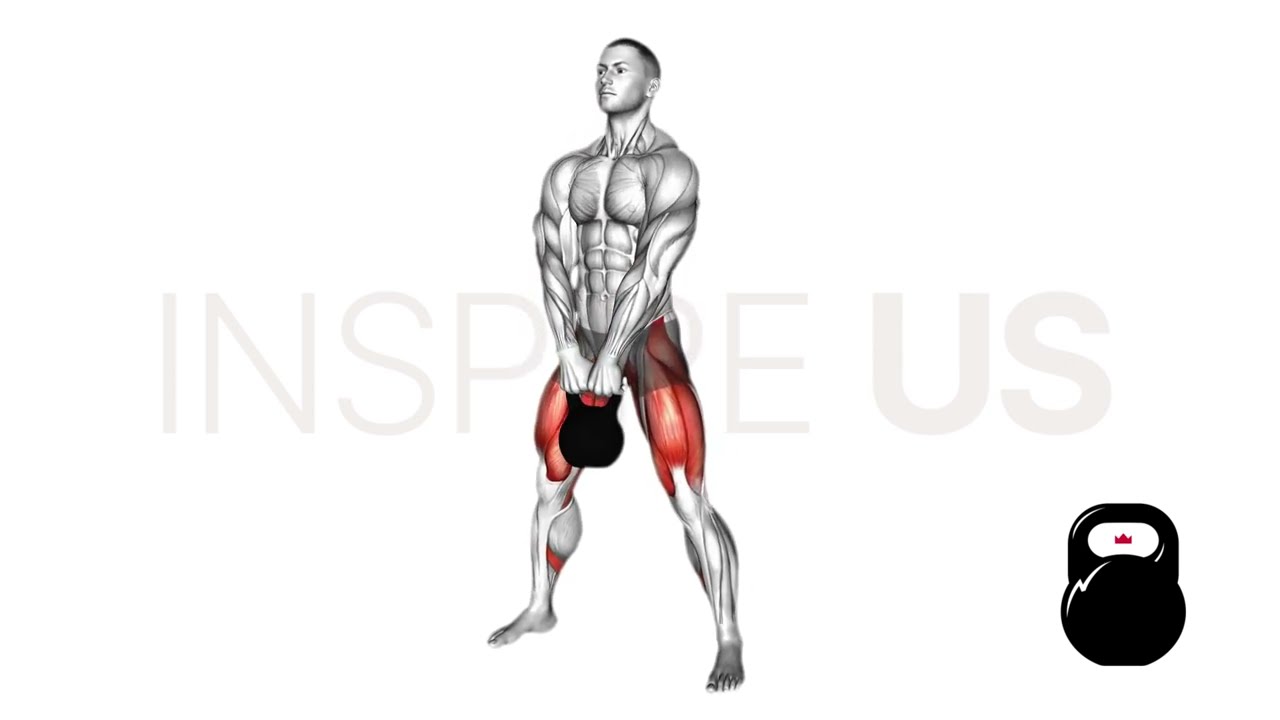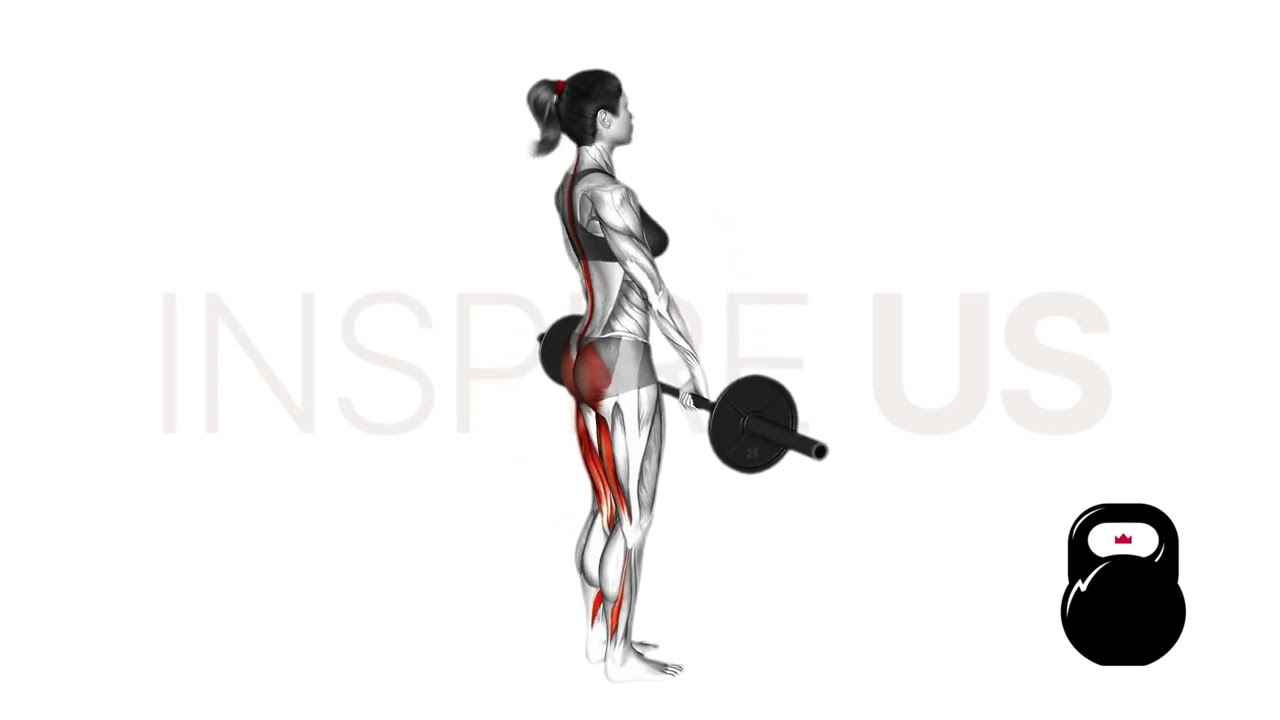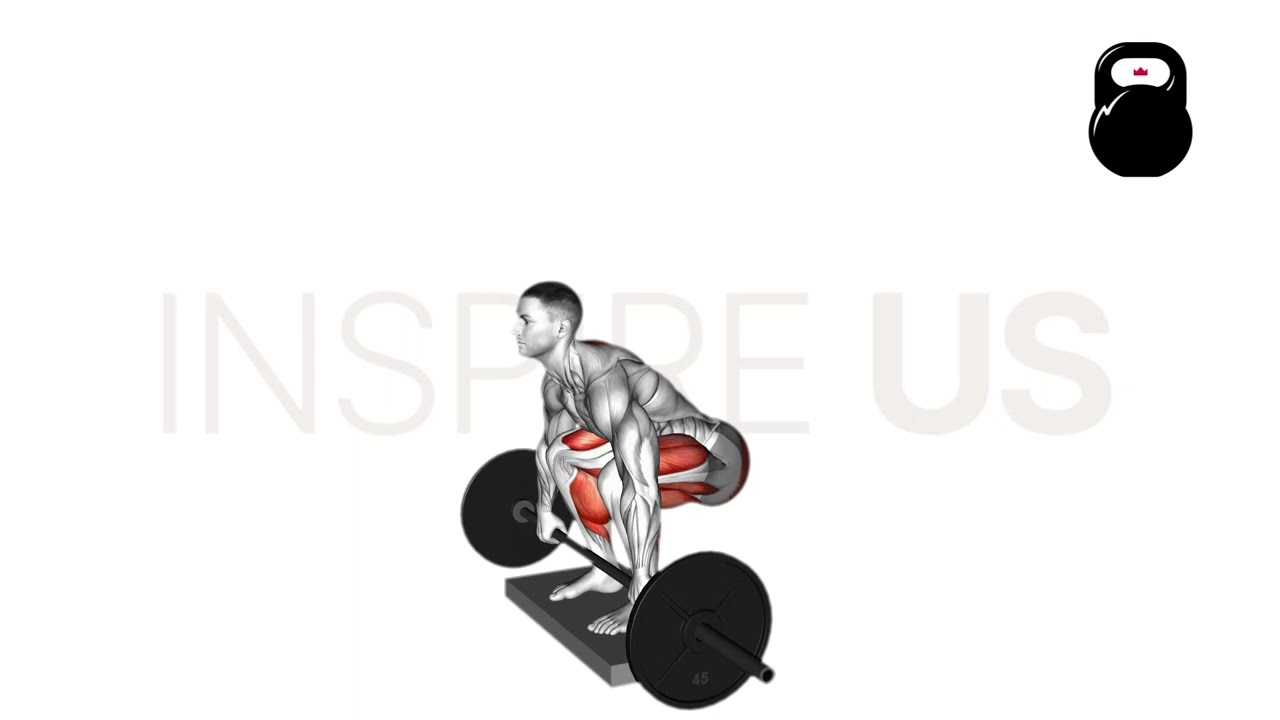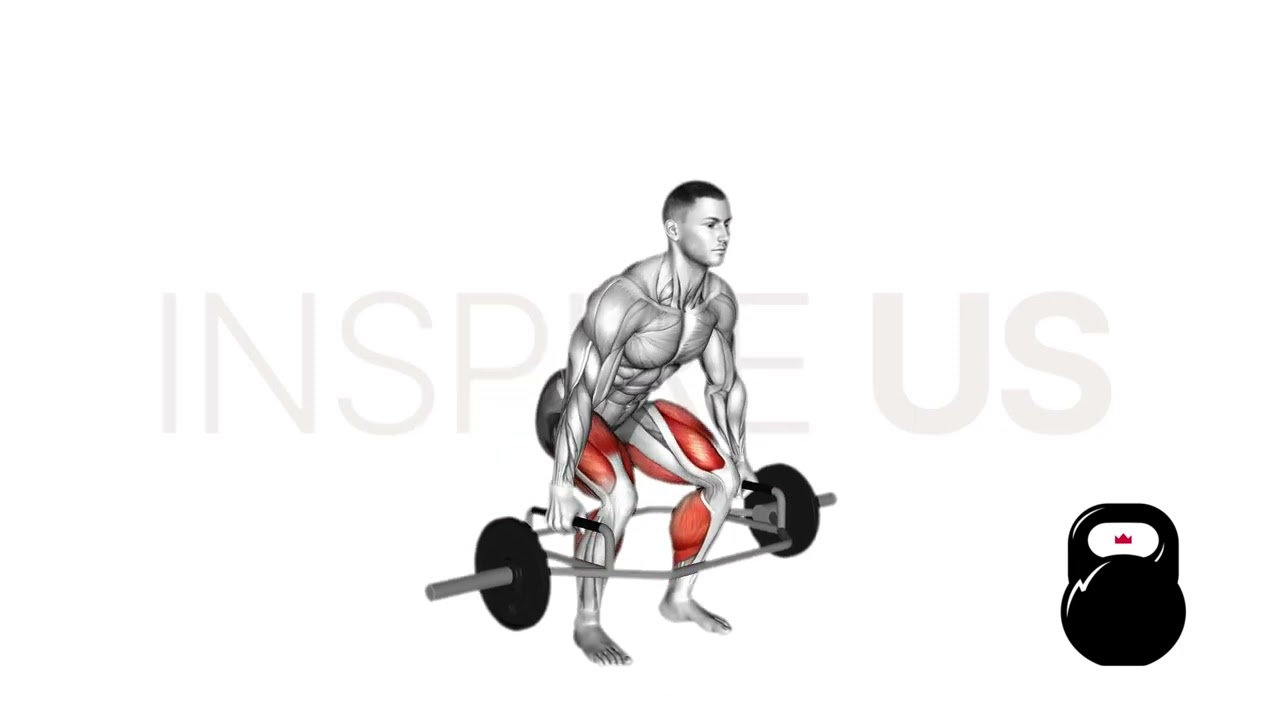4 Best Sumo Deadlift Alternatives (with Pictures!)
The sumo deadlift is perhaps the second most common form of deadlift right after the conventional variation.
Despite its widespread adoption, lifters may find that their equipment situation or specific training needs call for an alternative to be used.
Some of the best alternatives include:
- Kettlebell Sumo Deadlifts
- Stiff Leg Deadlifts
- Deficit Deadlifts
- Trap Bar Deadlifts
Alternatives to the Sumo Deadlift
If No Barbell is Available: Kettlebell Sumo Deadlifts
In situations where no barbell is available, swapping for a kettlebell is likely the best option.
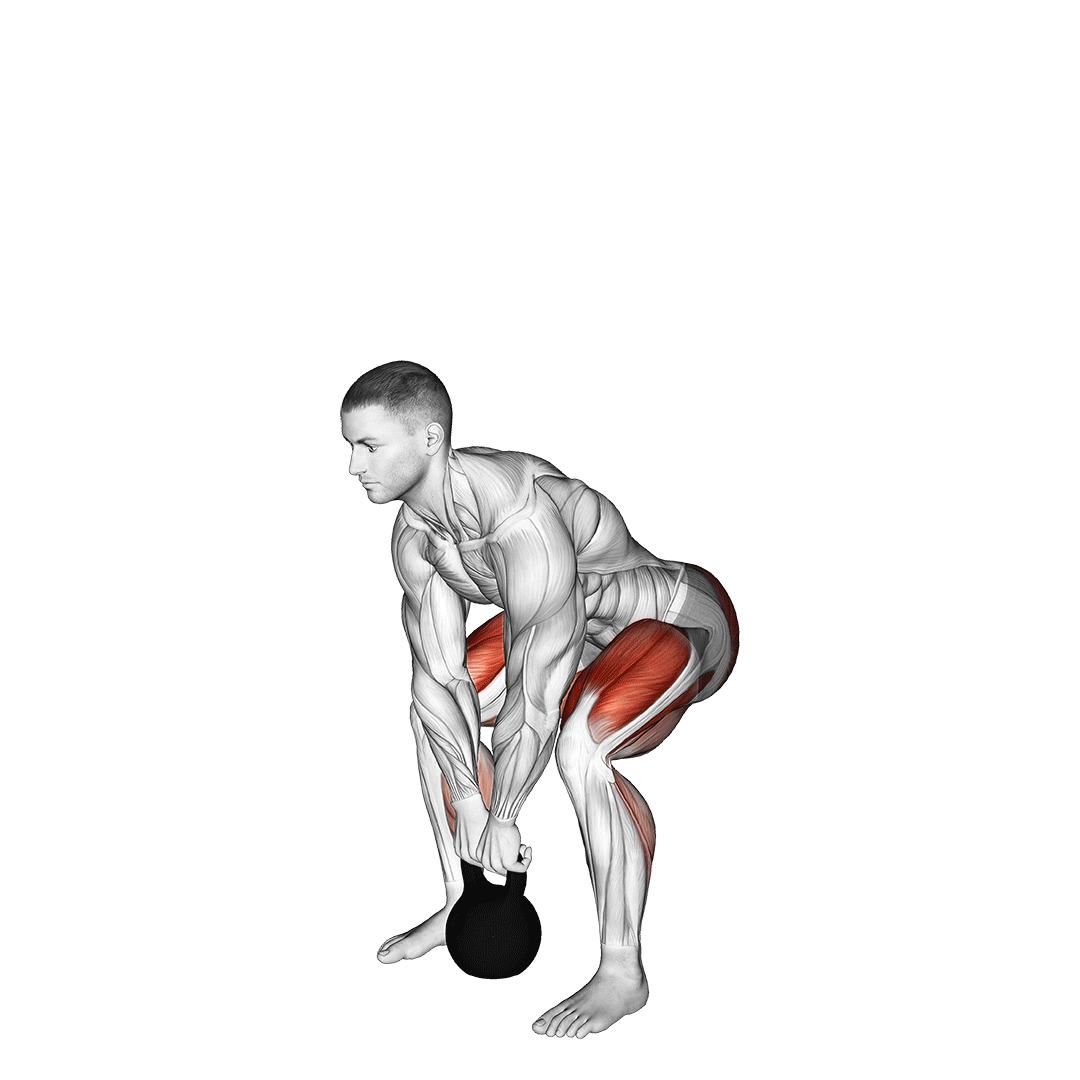
Kettlebells allow for a similar stance to the barbell sumo squat to be adopted, although they do fall short in terms of maximal loading capacity.
Apart from a more narrow hand position and less horizontally distributed amount of weight, the kettlebell and barbell sumo deadlift are otherwise mechanically identical and may be performed interchangeably.
Equipment Needed
Only a suitably heavy kettlebell is needed to perform kettlebell sumo deadlifts.
Sets and Reps Recommendation
Though kettlebell sumo deadlifts are unlikely to be as heavy as their barbell counterparts, lifters should still seek to maximize the intensity of each repetition.
2-3 sets of 5-10 repetitions at a moderate or heavy load should be sufficient for general strength and muscle mass development.
Common Mistakes to Avoid
Forward rounding of the shoulders or upper back is particularly easy with kettlebells, as they feature a far narrower grip width. Lifters should pay additional attention to keeping their chest pushed outwards and their shoulders neutrally rotated.
How-to:
- To perform a repetition of the kettlebell sumo deadlift, the lifter begins by first placing a kettlebell between their feet as they position them significantly wider than shoulder-width apart.
- Bracing the core, keeping the lower back neutral and the head facing forwards, the lifter then pushes their hips back and grasps the kettlebell handle in both hands - preferably in a double overhand grip.
- Kettlebell now held securely in the hands with the hips pushed back and the knees bent, the lifter drives their hips forwards by squeezing their glutes and drives through their heels.
- If executed correctly, this should raise the lifter back into a standing position with the kettlebell held at the front of their legs. From this standing position, the lifter simply reverses the motion and lowers the kettlebell back to the floor.
- Once the kettlebell has returned to the floor, the repetition is considered complete.
If You Want Better Hamstring Growth: Stiff Leg Deadlifts
Occasionally, sumo deadlifts are programmed as an accessory exercise for greater emphasis on the quadriceps and adductor muscle groups.
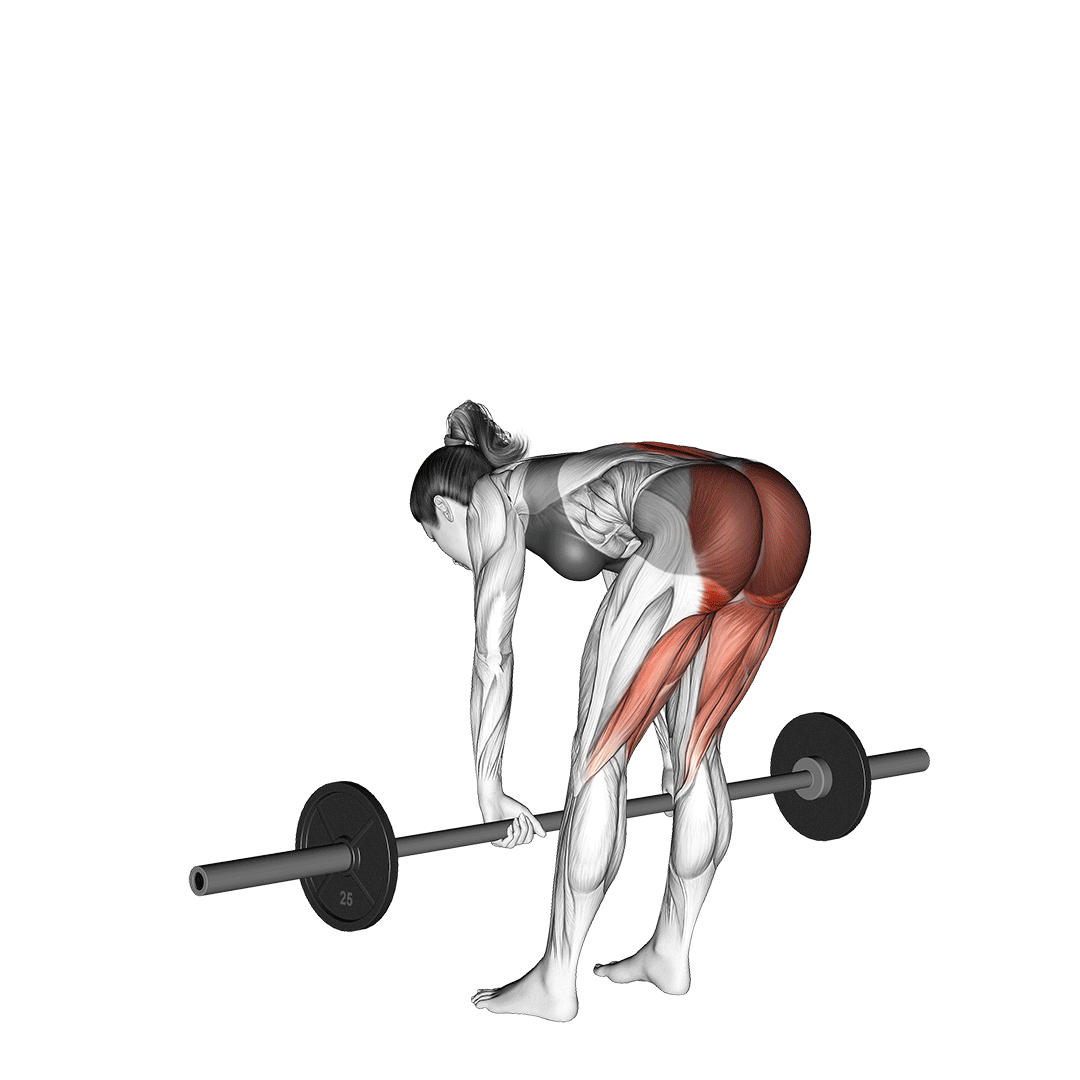
However, overreliance on the sumo deadlift can also lead to underdevelopment of the lower posterior chain muscles - those being the hamstrings and glutes. For this reason, many advanced lifters will seek an alternative that corrects weaknesses in their lower posterior chain.
The two closest substitute exercises are the Romanian and the stiff-legged deadlift. Though both are nearly identical, the stiff leg variant allows for somewhat greater glute contraction on account of the bar reaching a full stop.
Equipment Needed
Stiff leg deadlifts require much the same equipment as conventional sumo deadlifts; a barbell and a set of weight plates.
Sets and Reps Recommendation
Due to the similar levels of intensity between the stiff leg and sumo deadlift, volume can directly be carried over - though total load will need to be reduced due to reduced quadriceps involvement.
2-4 sets of 5-10 repetitions at a light or moderate load is a good starting point.
Common Mistakes to Avoid
Lifters should avoid completely locking out their knees when performing stiff-legged deadlifts, as a major biomechanical function of the hamstrings is flexion at the knee.
For proper muscular contraction and greater safety, a slight bend in the legs should be maintained at all times other than the actual midpoint of the repetition, where they will fully extend instead.
How-to:
- To perform a repetition of the stiff leg deadlift, the lifter begins by positioning themselves facing a loaded barbell, feet set hip-width apart, toes facing forwards.
- Hinging forward by pushing the hips back and levering the trunk forwards, the lifter then grasps the bar with the hands shoulder-width apart using a double overhand grip.
- Bracing the core, keeping the spine neutral and the chest pushed outwards, the lifter continues by driving through their heels and extending their hips forwards - reaching the lockout position once they are standing upright.
- From the upright lockout stance, all that’s needed to complete the repetition is to once again hinge the hips back and allow the barbell to return to the floor in a controlled descent.
If You’re a Strength Athlete: Deficit Deadlifts
Many advanced strength athletes will seek to swap out their sumo deadlift programming in exchange for a movement that better develops power in their competition pulls.
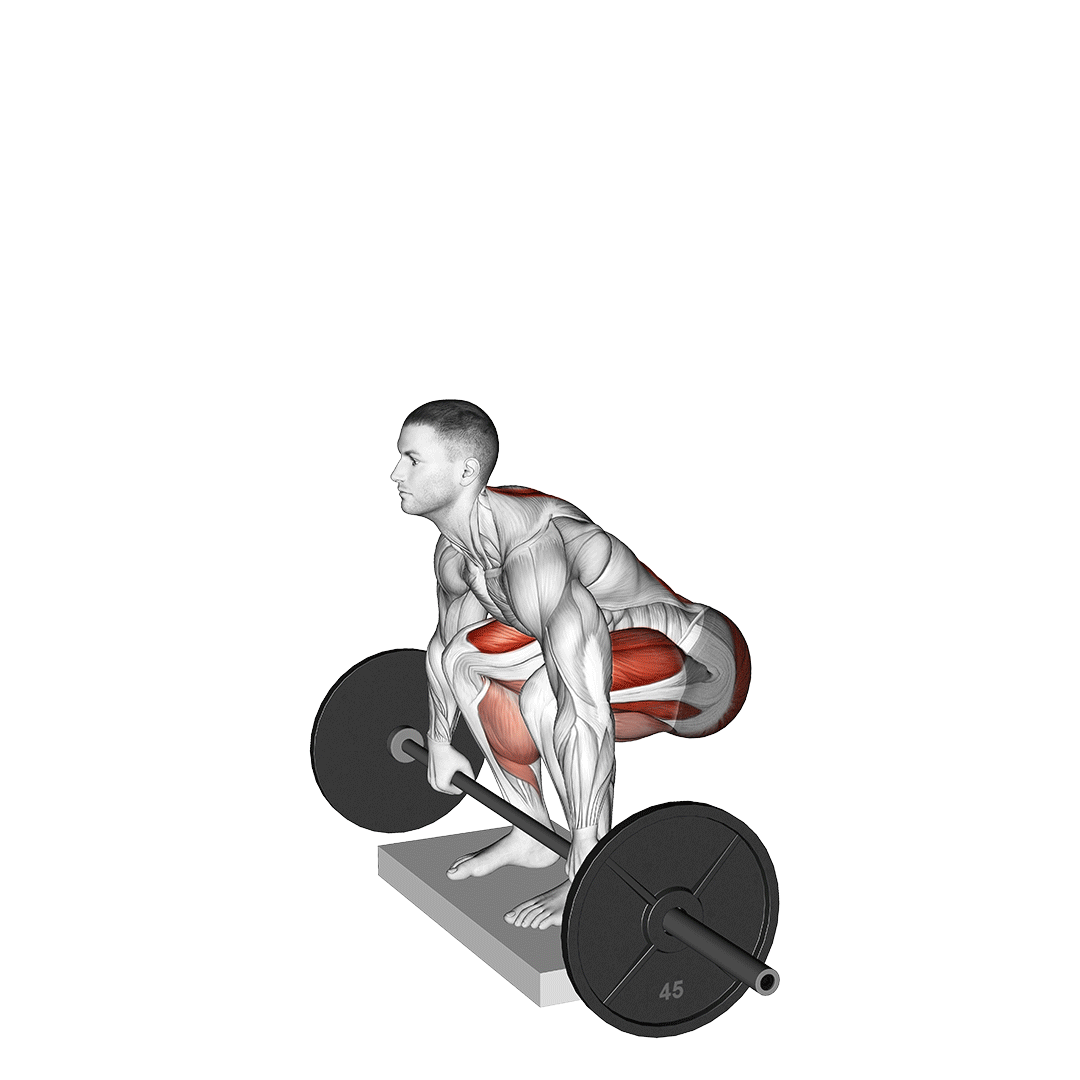
One of the most popular tools for such sports-specific training is the deficit deadlift - simply a conventional deadlift performed with the feet raised higher off the floor, effectively increasing range of motion.
Equipment Needed
Apart from the usual barbell and set of weight plates, deficit deadlifts will also require a sturdy platform for the lifter to stand on. Weight plates or high-density wooden blocks are perfect for such a purpose.
Sets and Reps Recommendation
Deficit deadlifts are considerably more intense than conventional deadlifts, regardless of whether performing them with a sumo or traditional stance.
2-3 sets of 5-8 repetitions at a moderate load should be a safe range for most lifters.
Common Mistakes to Avoid
Rounding of the lower back is a particularly common issue with deficit deadlifts, as limitations in hamstring or hip mobility can lead to the lifter bending at the waist to compensate.
Aim to begin attempting deficit deadlifts at only a moderate elevation (0.5-1 inches high) so as to ensure proper spine safety.
How-to:
- To perform a repetition of the deficit deadlift, the lifter begins by standing atop their choice of elevated platform and hinging forwards so as to grasp the bar in a double overhand grip. Either a sumo or conventional technique may be used, depending on the lifter’s usual deadlift.
- Following the usual deadlift cues for their stance (hip position, back neutrality, arms outside or between the legs) - the lifter will position their hips slightly lower and bend their knees several inches further forward to accommodate for the greater deficit position.
- Once secured, the lifter simply drives through their heels and extends their hips forwards - locking out the deadlift.
- The repetition is then completed by simply hinging the hips back and lowering the bar back to the floor.
If You Have a Sensitive Back: Trap Bar Deadlifts
Finally, lifters swapping out the sumo deadlift due to back concerns can simply opt for using a trap bar instead.
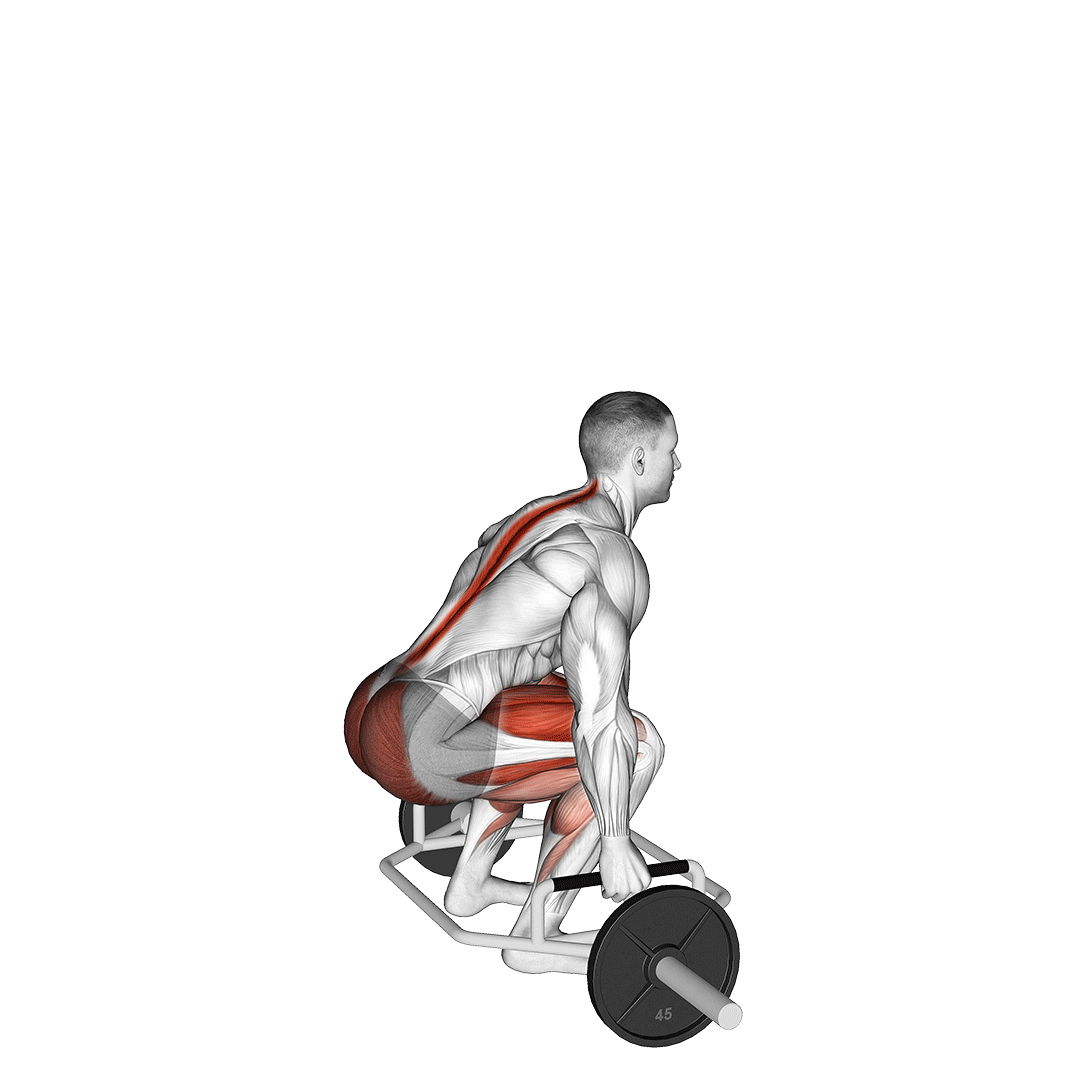
Trap bars form a hexagonal shape around the body, distributing load away from the anterior side and greatly reducing strain on the spine and back.
Of course, those who suspect they are actually injured should avoid further exercise without first seeking a consultation with a medical professional.
Equipment Needed
Trap or Hexagon Bar, Weight Plates
Sets and Reps Recommendation
3-5 Sets of 5-10 Repetitions at a Moderate or Heavy Load
Common Mistakes to Avoid
The trap bar deadlift allows for the arms to pull from the sides of the body - meaning that causing them to drift too far ahead can negate many of the advantages offered by the bar.
How-to:
- To perform a trap bar deadlift, the lifter will enter a conventional deadlift stance as they stand within the hexagon of the trap bar - their arms at their sides, gripping the handles in a neutral orientation.
- Core braced and hips hinged back, the lifter drives through the floor as they rise explosively into a standing position.
- Once locked out, the repetition is completed by lowering the bar back down through knee flexion and hip hinging.
Which Sumo Deadlift Alternative is Best?
In truth, no exercise quite replicates the exact movement pattern and benefits of a sumo deadlift. The “best” alternative comes down to technical training requirements.
For those simply substituting , movements like the trap bar deadlift or stiff leg deadlift both share similar levels of intensity and muscular recruitment while featuring fewer of the downsides.
References
1. Holmes, Clifton. (2019). Understanding the deadlift and its variations. ACSMʼs Health & Fitness Journal. 24. 10.1249/FIT.0000000000000570.

